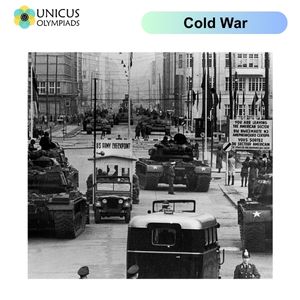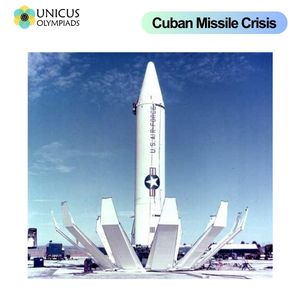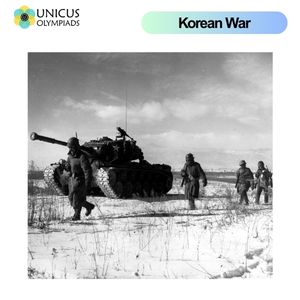

The Cold War was a period of geopolitical tension between the Soviet Union and its allies, and the United States and its allies, from the end of World War II in 1945 to the collapse of the Soviet Union in 1991. This period was marked by ideological conflict, nuclear arms races, and numerous proxy wars. Key clashes such as the Cuban Missile Crisis and the Korean War were deeply rooted in the larger context of Cold War rivalry. These events were shaped by the competition between communism, led by the Soviet Union, and capitalism, led by the United States. This article explores the causes of two of the most significant Cold War confrontations—the Cuban Missile Crisis and the Korean War—and examines the underlying factors that led to these pivotal events in global history.

The Cold War began in the aftermath of World War II, as the United States and the Soviet Union emerged as the two dominant superpowers. The world became divided into two ideological blocs—one led by the US and the other by the USSR. The competition between these two powers encompassed various domains, including military might, political influence, economic models, and global alliances. This division fueled a series of international crises, particularly in regions where the two superpowers vied for influence.
The Cuban Missile Crisis, one of the most dangerous confrontations of the Cold War, brought the world to the brink of nuclear war. It occurred in October 1962 and lasted for 13 days, with the United States and the Soviet Union facing off over the presence of Soviet nuclear missiles in Cuba, just 90 miles from US shores. The crisis was the result of several key factors, including Cold War tensions, ideological conflict, and the military strategies of both superpowers.

The Korean War was another significant Cold War conflict that saw direct military engagement between communist and capitalist forces. The war broke out in June 1950 when North Korea, supported by the Soviet Union and China, invaded South Korea, which was supported by the United States and the United Nations. The Korean War was driven by the ideological conflict between communism and capitalism, and it became a key battleground in the Cold War struggle for dominance in East Asia.

The Cuban Missile Crisis and the Korean War were two of the most significant clashes of the Cold War, shaped by the ideological rivalry between the United States and the Soviet Union. Both events highlighted the dangerous consequences of global power struggles and the intense political and military competition between the communist and capitalist superpowers. These conflicts were not just about territorial control but were deeply rooted in the broader ideological battle of the Cold War, a struggle that defined much of the 20th century.